Model Of A Neuron Clearly Showing Its Key Components
Increasing the level of stimulation above the threshold will not result in higher action potential.
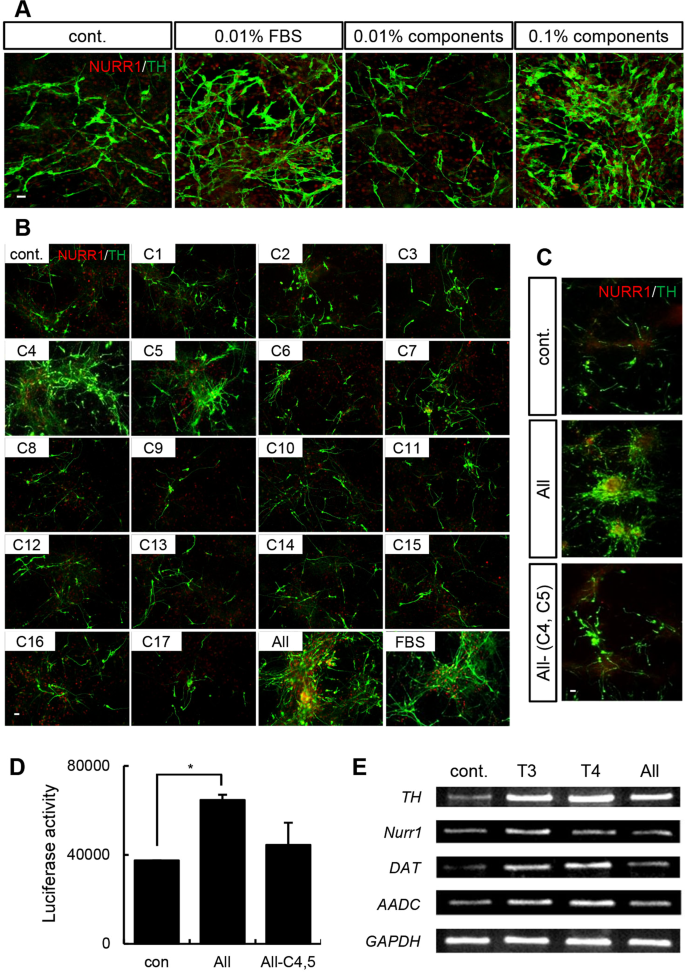
Model of a neuron clearly showing its key components. How TDP-43 pathology triggers neuronal apoptosis remains unclear. There are two major working models - in the classical view, both neurons and astrocytes can utilize glucose as the energy source through oxidative metabolism, whereas in the astrocyte-neuron lactate shuttle hypothesis (ANLSH) it is the astrocyte which can consume glucose through. Impulses are carried along one or more of these fibres, called dendrites, to the cell body;.
General Structure of a Neuron (Nerve Cell) Start Quiz. It has a comprehensive, flexible ecosystem of tools, libraries and community resources that lets researchers push the state-of-the-art in ML and developers easily build and deploy ML powered applications. The axon hillock is located at the end of the soma and controls the firing of the neuron.
Neurons contain the same cellular components as other body cells. The key components of neural signal processing are:. Basically, a neuron takes an input signal (dendrite), processes it like the CPU (soma), passes the output through a cable like structure to other connected neurons (axon to synapse to other.
Clearly its the connections between cells that are key. Clearly, the challenge for all such studies is to find the least complex neuron models with which the observed phenomena can still be recreated. The localization of the AIS in neurons is ideal for its two major functions:.
General Organization of the Nervous System. All neurons have a cell body known as the soma, which is the command center of the nerve and contains the nucleus of the cell. A neuron consists of two major parts:.
6.2.3 Effects of G K on a single domain. A cell body and nerve processes. An axon is a fiber rather like a cable.
Dendrites look like long spindly extensions that branch out of the main body of the cell. In vertebrate animals, neurons are the core components of the brain, spinal cord and peripheral nerves. Functions of Different Parts in a Neuron If you have read my previous post (What is the Structure of Neurons), you might already know that most neurons have three distinct parts -- a cell body, an axon and multiple dendrites.
Anatomy of a neuron. General Organization of the Nervous System. The distribution of PD shifts exhibits a distinct pattern whereby cells tend to show counterclockwise PD shifts at the leftward locations and clockwise shifts at the rightward locations.
Each connection, like the synapses in a biological brain, can. The advantages of this study include the following:. In some kinds of neurons, dendrites themselves have further protrusions called dendritic.
Dendrites extend from the neuron cell body and receive messages from other neurons. The axon initial segment (AIS) is a specialized structure in neurons that resides in between axonal and somatodendritic domains. About 95% of ALS patients feature abnormalities in the RNA/DNA binding protein TDP-43, involving its nucleus-cytoplasmic mislocalization in spinal motor neurons.
Foot piece of rope will be turned into the axon. The central cell body is the process part of a neuron and contains the neuron's nucleus, associated cytoplasm, organelles, and other cell structures. The net input to a unit is then transformed into that unit’s output, mostly utilizing a sigmoid function.
Overview of neuron structure and function. Neurons are composed of three main parts:. A perceptron has a number of external input links, one internal input (called a bias), a threshold, and one output link.
Neurons can also be classified based on their specific function. If the total strength of the signal exceeds the threshold limit of the axon hillock, the structure will fire a signal (known as an action potential) down the axon. Upgrade to remove ads.
Analysis of changes specifically in motor neurons (MNs), while still detecting effects of interactions with neighboring cells;. The axon initial segment (AIS) is a specialized structure in neurons that resides in between axonal and somatodendritic domains. “Neuron” by US National Cancer Institute via WikiCommons CC BY-SA 3.0 Dendrites:.
Multipolar neurons are the dominating neurons in vertebrates in terms of number. One key system that underpins the ability to change pain intensity is the brainstem's descending modulatory network with its pro- and antinociceptive components. Cranial Nerves (Somso Brain Model) 24 Terms.
These neurons are the ones that are the closest to the model neuron that we usually see in neuron structure diagrams. Once it gets there, it deposits its charge and the process repeats. Network modeling efforts more specific to the hippocampus include a full-scale model of the CA1 circuit (~338,000 biophysically detailed neuron models of nine types), a large-scale model of the dentate gyrus (~52,000 biophysically detailed neuron models of four types) and a large-scale model of CA1 (~10,000 phenomenological models of two types).
When sufficient input is received (i.e., a threshold is exceeded), the neuron generates an action potential or ‘spike’ (i.e., it ‘fires’). Artificial neural networks (ANNs), usually simply called neural networks (NNs), are computing systems vaguely inspired by the biological neural networks that constitute animal brains. Neuro-glial interactions are important for normal functioning of the brain as well as brain energy metabolism.
As shown in the above diagram, a typical neuron consists of the following four parts with the help of which we can explain its working − Dendrites − They are tree-like branches, responsible for receiving the information from other neurons it is connected to. How the structure of a neuron allows it to receive and transmit information. Neuron, also called nerve cell, basic cell of the nervous system in vertebrates and most invertebrates from the level of the cnidarians (e.g., corals, jellyfish) upward.A typical neuron has a cell body containing a nucleus and two or more long fibres.
The characteristics of the isolated neuron described above were incorporated into each of the component neurons of an inhibitory domain, as defined in Chapter 5.In the domain, each neuron was connected to every other neuron by an inhibitory synapse. Signals are received through the dendrites, travel to the cell body, and continue down the axon until they reach the synapse (the communication point between two neurons). The pulse to any particular new target neuron.
In higher nervous systems, only one fibre, the axon. Amyotrophic lateral sclerosis (ALS) is a devastating, motor neuron degenerative disease without any cure to date. The model comparison is plotted on the right half of Figure 2A.
It has become increasingly clear that the AIS cytoskeleton is fundamental to AIS functions. WICKENS, in A Theory of the Striatum, 1993. We provide the detailed circuits which all share a common basic block that realizes the leaky-integrate-and-fire (LIF) spiking behavior.
A neuron’s outer surface is made up of a semipermeable membrane. This giant model of a neuron illustrates the properties of chemical transmissionand the action potential. This is an artist’sconception of the generic structure of a neuron.
It receives signals via chemicals called neurotransmitters. Since linking perceptrons into a network is a bit complicated, let's take a perceptron by itself. This tutorial will take a functional bottom-up approach, building key components and refactoring as needed for a better software design instead of describing a complex design and filling in the pieces.
The artificial neuron receives one or more inputs (representing excitatory postsynaptic potentials and inhibitory postsynaptic potentials at neural dendrites) and sums them to produce an output (or activation. This membrane allows smaller molecules and molecules without. Like all animal cells, the cell body of every neuron is enclosed by a plasma membrane, a bilayer of lipid molecules with many types of protein structures embedded.
The model clearly captures the basic trends in the distribution of PD shifts. Dendrites, a cell body, and an axon. The Krebs cycle was named after Sir Hans Krebs (1900-1981), who proposed the key elements of this pathway in 1937 and was awarded the Nobel Prize in Medicine for its discovery in 1953.
Graphs have been colorized to denote different neural components. The neuron cell body or soma is responsible for the nutrition and maintenance of of its peripheral parts such as the dendrites and axon. The neuron and nervous system.
1) If the level of stimulation is below the level required to trigger a neural impulse, known as the threshold, the neuron doesn’t do anything. The perceptron is a simple model of a neuron (nerve cell). An ANN is based on a collection of connected units or nodes called artificial neurons, which loosely model the neurons in a biological brain.
In other sense, we can say that they are like the ears of neuron. The cellular pathways of motor neuronal injury have been investigated in the SOD1 G93A murine model of familial amyotrophic lateral sclerosis (ALS) using laser-capture microdissection and microarray analysis. It serves as the site of action potential firing and helps to maintain neuron polarity.
Dendrites and axons both extend from the cell body and function to transmit signals to and from the cell. It then transmits the signals, electrically. Single-Compartment Models Single-compartment models such as the classic Hodgkin-Huxley model ( 27 ) neglect the neuron's spatial structure and focus entirely on how its various ionic.
It is one of many units that makes up the brain. A neuron consists of a cell body or soma, dendrites, and a single axon. It serves as the site of action potential firing and helps to maintain neuron polarity.
Signals from connected neurons are collected by the dendrites. Here, we report that TDP-43 participates in the DNA. A&P Final-Neuron Model 9 Terms.
Firstly, we allow synapses to have dynamics defined by differential equations in precisely the same way as neurons. 2) If the level of stimulation is above the threshold, the neuron fires an electrical charge known as the action potential that travels down its axon. For a long time it was thought that this.
The most unique and important structures of a neuron are the long extensions that extend out from the cell body. Dendrites receive signals to the cell body, while axons carry signals away from the cell body. The localization of the AIS in neurons is ideal for its two major functions:.
The electrical aspect depends on properties of the neuron’s membrane. The cell body produces proteins needed for the construction of other parts of the neuron. Each of them has a cell body, a long axon, and short dendrites.
Dendrites are extensions of. Neurons (or nerve cells) are specialized cells that transmit and receive electrical signals in the body. Two molecules of pyruvate enter the Krebs cycle, which is called the aerobic pathway because it requires the presence of oxygen in order to occur.
TensorFlow is an end-to-end open source platform for machine learning. The cell body contains the nucleus and cytoplasm. A key design requirement of Brian was to allow for the same expressivity for synaptic models as for neuron models, which led us to a number of features that allow for a particularly flexible specification of synapses in Brian.
The cells body (soma) sums the incoming signals (spatially and temporally). Dendrites are the receiving part of the neuron, the part that actually receives the electrical signal from other neurons. Receives signals from other neurons.
Tying this body of knowledge in humans to work in animal models of pain provides an opportunity to determine common features that reliably contribute to pain perception and its modulation. Neurons send signals using action potentials. These units receive input from other units, which are summed to produce a net input.
The nucleus of the neuron's cell body contains its DNA, or genetic material. We demonstrate a variety of biologically relevant dynamical behaviors building on a recently introduced ultra-compact neuron (UCN) model. A Biological Neuron — Wikipedia.
The axon extends from the cell body and often gives rise to many smaller branches before ending at nerve terminals. This representation is known as a ball-and-stick. The cell body and synaptic terminal of the neuron can be plastic containers.
The cell body of the neuron contains the nucleus. Neurons are the central building blocks of the nervous system, 100 billion strong at birth. The key to neural function is the synaptic signaling process, which is partly electrical and partly chemical.
Each part of a neuron performs specific roles to keep the communicative action of the nervous system active. Of the neuron another general structure of the neuron cell body (soma) A B FIGURE 1-1A and B Generic structure of neuron. Neuron Model Bio 238 12 Terms.
To the right, you can see a picture of a simple perceptron. Each mammalian neuron consists of a cell body, dendrites, and an axon. There are two types of extensions:.
Cut two to three foot lengths of rope to use as dendrites. To determine whether the PAG is involved in itch processing, we examined the activation of PAG neurons by using c-fos as a neuronal activity marker.We found that the number of c-fos + neurons increased significantly in the lateral and ventrolateral PAG (l/vlPAG) after intradermal injection of histamine or chloroquine (Figures S1A and S1B).To further examine the neural dynamics of l/vlPAG. The axon hillock acts as something of a manager, summing the total inhibitory and excitatory signals.
This part of the tutorial builds a two-compartment neuron consisting of a soma and dendrite. Junction between the axon tip of the sending neuron and the dendrite or cell body of the receiving neuron Neurotransmitters chemical messengers released by the terminal buttons of the presynaptic neuron into the synapse and bind to receptor sites on the receiving neuron, thereby influencing it to generate an action potential. Learn this topic from scratch or practice what you already know with these interactive spaced repetition-inspired anatomy quizzes.
The basic component of most such models is a “unit”, which one can imagine as showing neuron-like behaviour. Transmits the output of this neuron. Again, the images clearly show that a reactive, almost amoeboid microglia cells is phagocytosing the neuron, since part of the neuronal cytoplasm is internalized within the microglia cell (Figure 7C1, arrowheads) and part of the neuronal cytoplasm is clearly missing (open arrows in Figure 7C2) beneath the microglia cell body.
Point of connection to other neurons. Like all cells, neurons consist of several different parts, each serving a specialized function (Figure 1). Peripheral nerve slide- Cross-Section 6 Terms.
The primary components of the neuron are the soma (cell body), the axon (a long slender projection that conducts electrical impulses away from the cell body), dendrites (tree-like structures that receive messages from other neurons), and synapses (specialized junctions between neurons). This makes the distances about equal from the center. All circuits have a small number of active components and the basic block has only three, two transistors and a silicon.
This is the currently selected item. (right)Formal models by Chlovskii that analyze the. An artificial neuron is a mathematical function conceived as a model of biological neurons, a neural network.Artificial neurons are elementary units in an artificial neural network.
Neurons are typically composed of a soma, or cell body, a dendritic tree and an axon.

Acm Digital Library Communications Of The Acm

Chapter 3 Neuron And The Brain Psychology
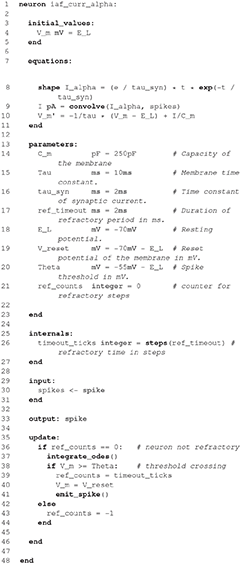
Frontiers Code Generation In Computational Neuroscience A Review Of Tools And Techniques Frontiers In Neuroinformatics
Model Of A Neuron Clearly Showing Its Key Components のギャラリー

A Spiking Neuron Model Of The Basal Ganglia Circuitry That Can Generate Behavioral Variability Request Pdf
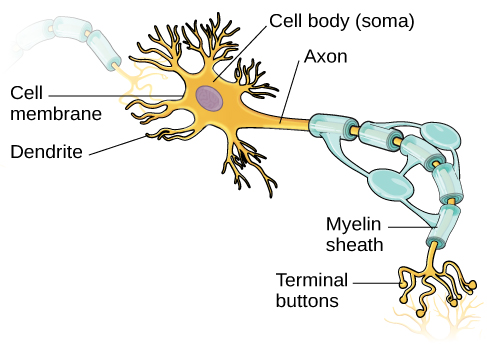
Neural Communication Introduction To Psychology
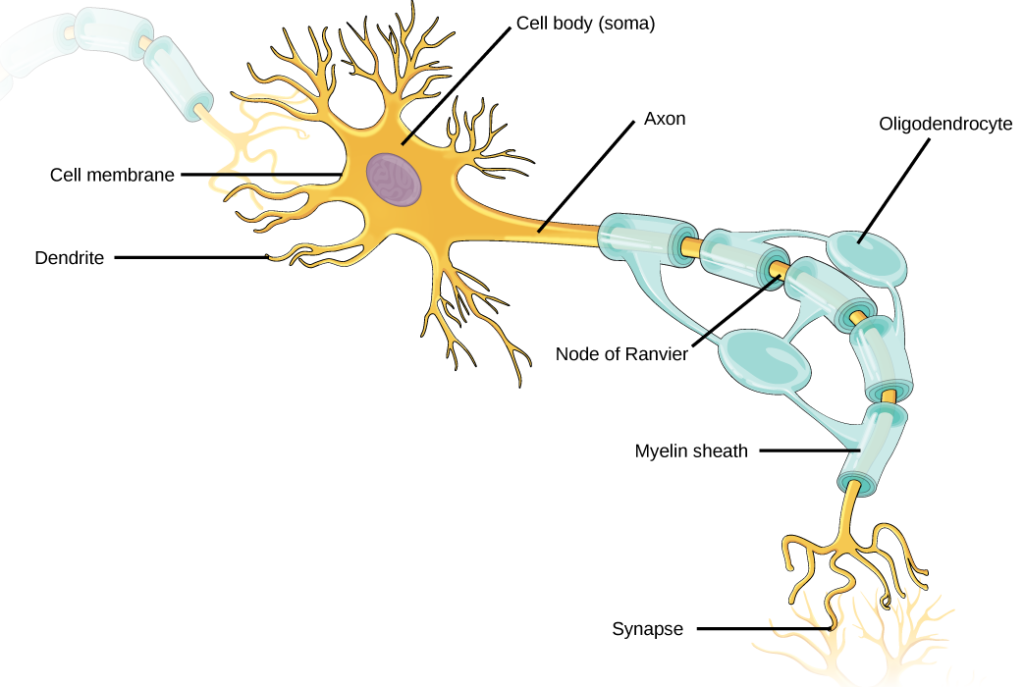
Components Of The Nervous System Biology For Majors Ii
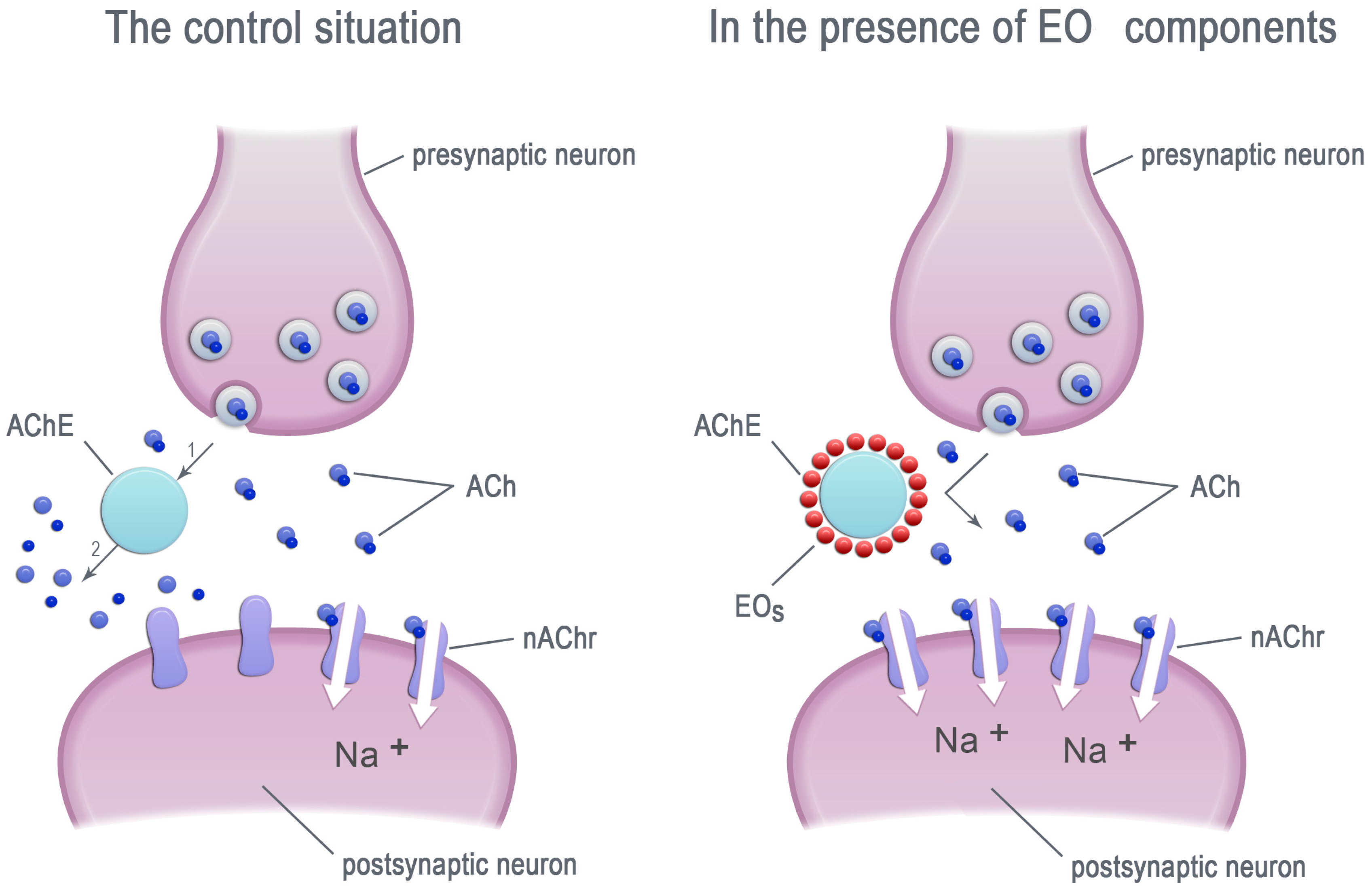
Molecules Free Full Text Molecular Targets For Components Of Essential Oils In The Insect Nervous System A Review
Arxiv Org Pdf 1804

Cs379c Class Discussion Notes
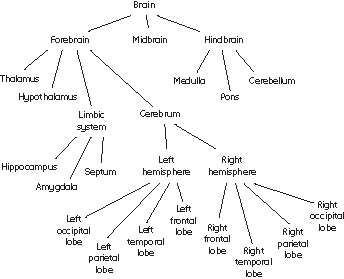
Neurons Hormones And The Brain Structure And Functions Of The Brain Sparknotes

An Ultra Compact Leaky Integrate And Fire Model For Building Spiking Neural Networks Scientific Reports
Neural Network Wikipedia
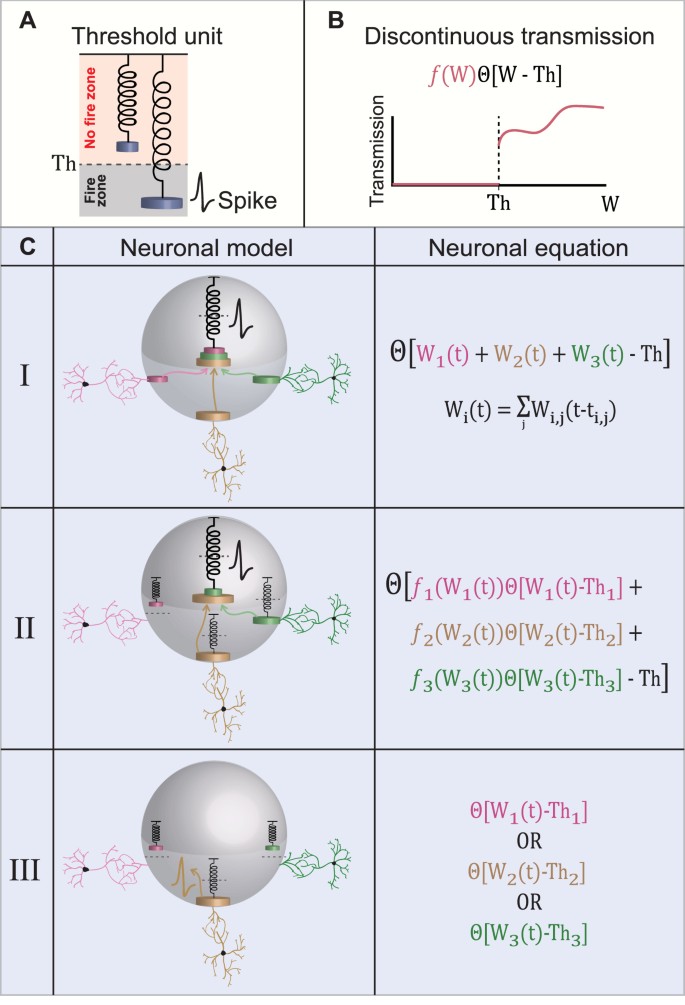
New Types Of Experiments Reveal That A Neuron Functions As Multiple Independent Threshold Units Scientific Reports

Core Concept How Synaptic Pruning Shapes Neural Wiring During Development And Possibly In Disease Pnas
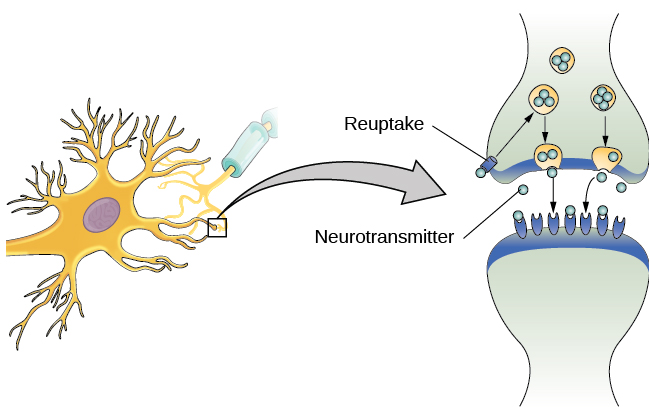
Neural Communication Introduction To Psychology

Population Adaptation In Efficient Balanced Networks Elife
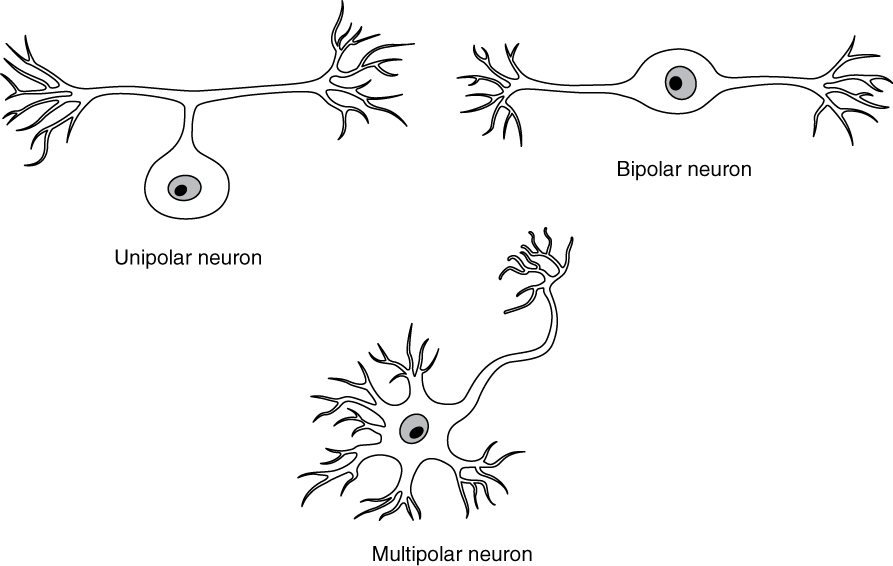
12 2 Nervous Tissue Anatomy And Physiology
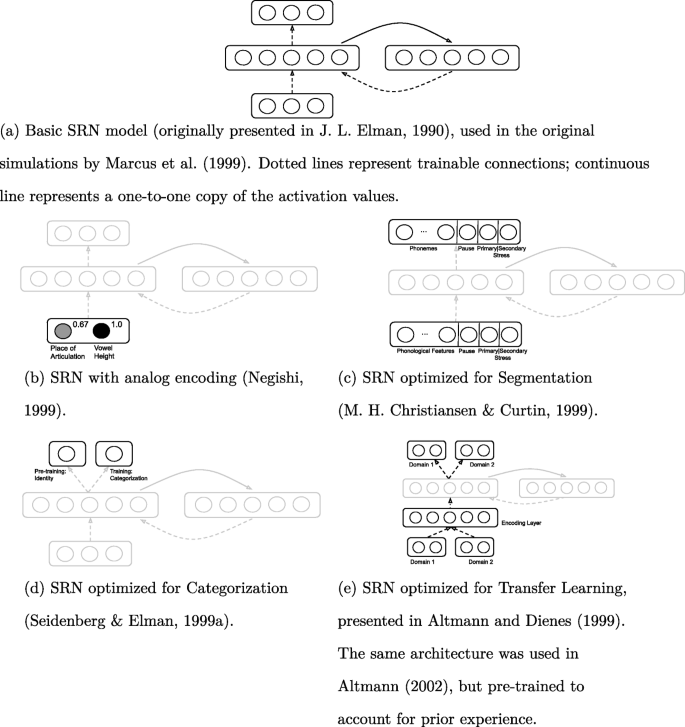
A Review Of Computational Models Of Basic Rule Learning The Neural Symbolic Debate And Beyond Springerlink
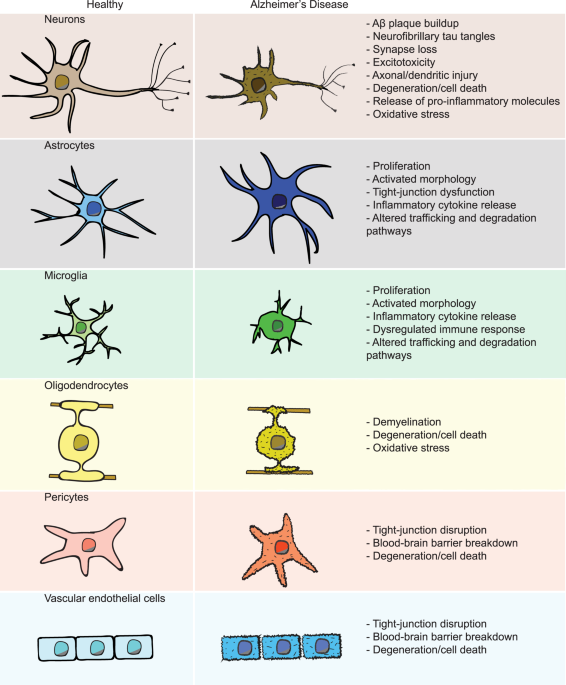
Modeling Alzheimer S Disease With Ipsc Derived Brain Cells Molecular Psychiatry
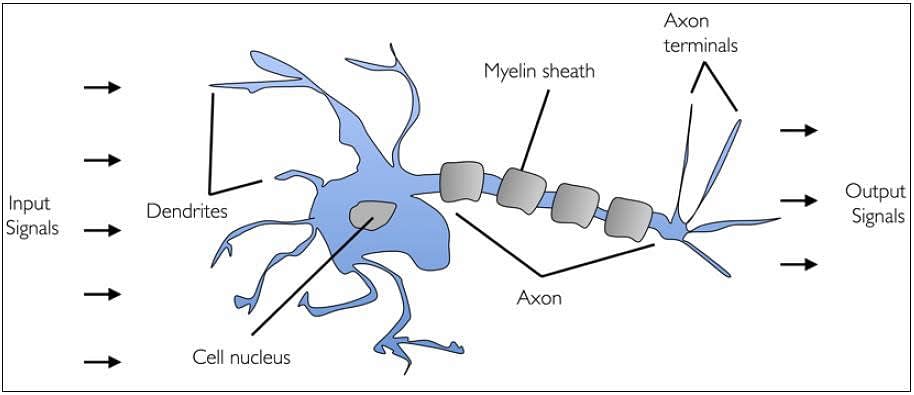
What Is Perceptron Simplilearn
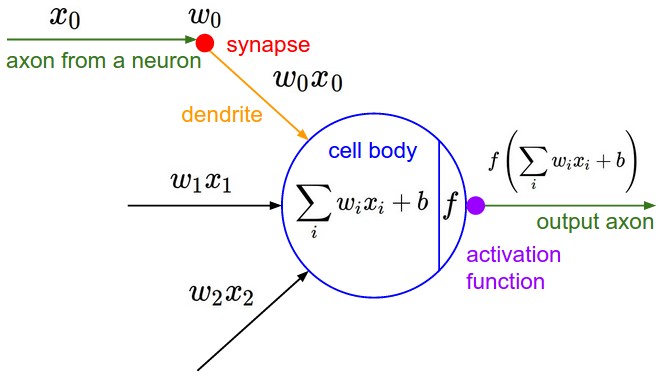
Cs231n Convolutional Neural Networks For Visual Recognition

Spike Sorting An Overview Sciencedirect Topics

Dendrites An Overview Sciencedirect Topics

Cs379c Class Discussion Notes
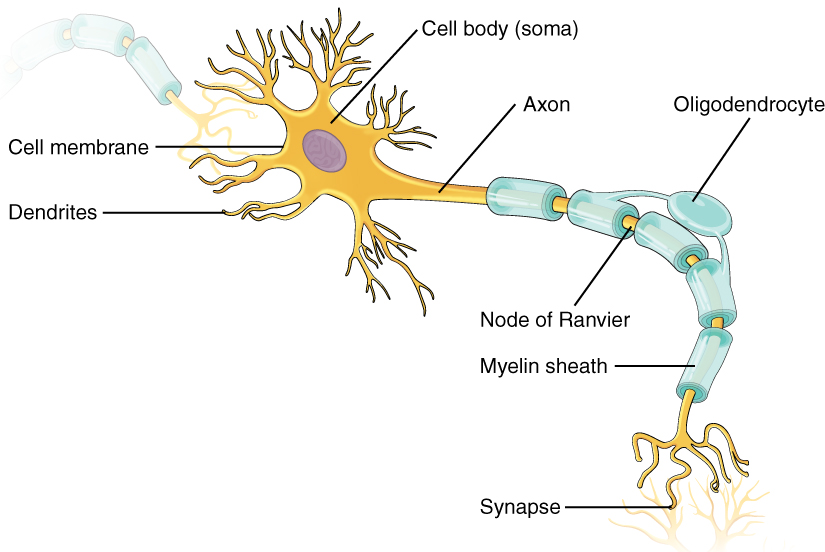
12 2 Nervous Tissue Anatomy And Physiology

The Nervous System

Dopamine Neuron Induction And The Neuroprotective Effects Of Thyroid Hormone Derivatives Scientific Reports

What Neuromorphic Engineering Is And Why It S Triggered An Analog Revolution Zdnet

Anatomy Of A Neuron Video Khan Academy
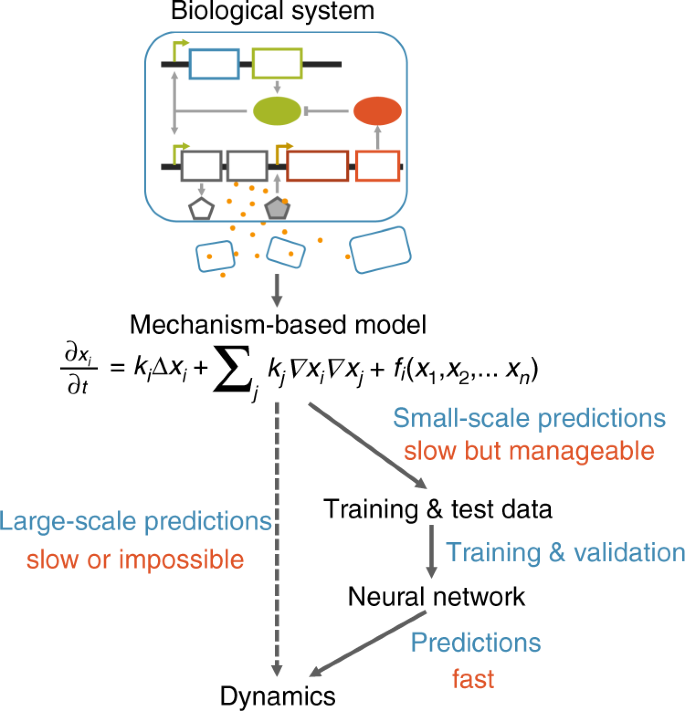
Massive Computational Acceleration By Using Neural Networks To Emulate Mechanism Based Biological Models Nature Communications

Axonal Transport Driving Synaptic Function Science

Biophysically Realistic Neuron Models For Simulation Of Cortical Stimulation Biorxiv

The Emperor S New Wardrobe Rebalancing Diversity Of Animal Models In Neuroscience Research Science

Neurons Or Nerve Cells Structure Function And Types Of Neurons Human Anatomy 3d Biology Youtube

Artificial Intelligence Neural Networks Tutorialspoint

Cs231n Convolutional Neural Networks For Visual Recognition
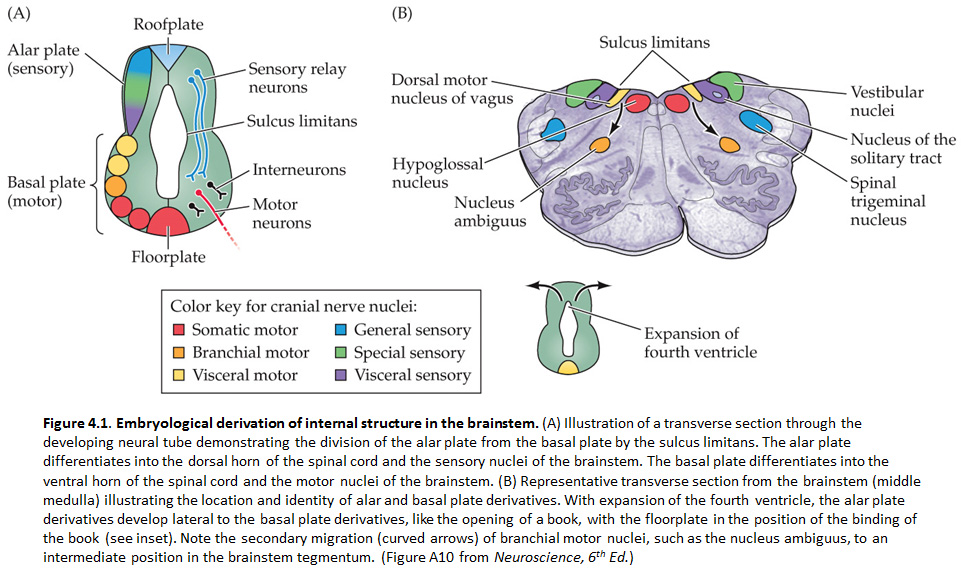
Duke Neurosciences Lab 3 Cranial Nerve And Neuromodulatory Nuclei Of The Brainstem
Http Www Macs Hw Ac Uk Yjc32 Project Ref Nn Gurney Et Al Pdf
Q Tbn 3aand9gctd8a54l7y105q0alqb7pmnk 4buv 61el Rdgaem2fdogusbvt Usqp Cau

A Neural Network Based Framework For Financial Model Calibration Springerlink

Calretinin Positive Neurons Form An Excitatory Amplifier Network In The Spinal Cord Dorsal Horn Elife
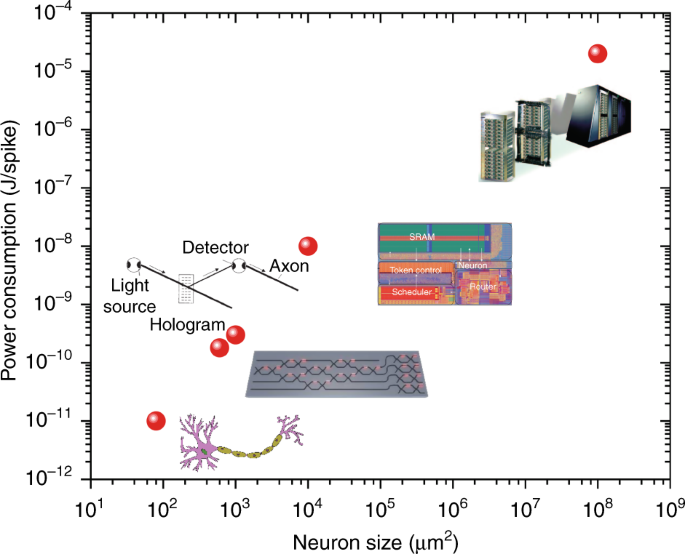
Artificial Neural Networks Enabled By Nanophotonics Light Science Applications
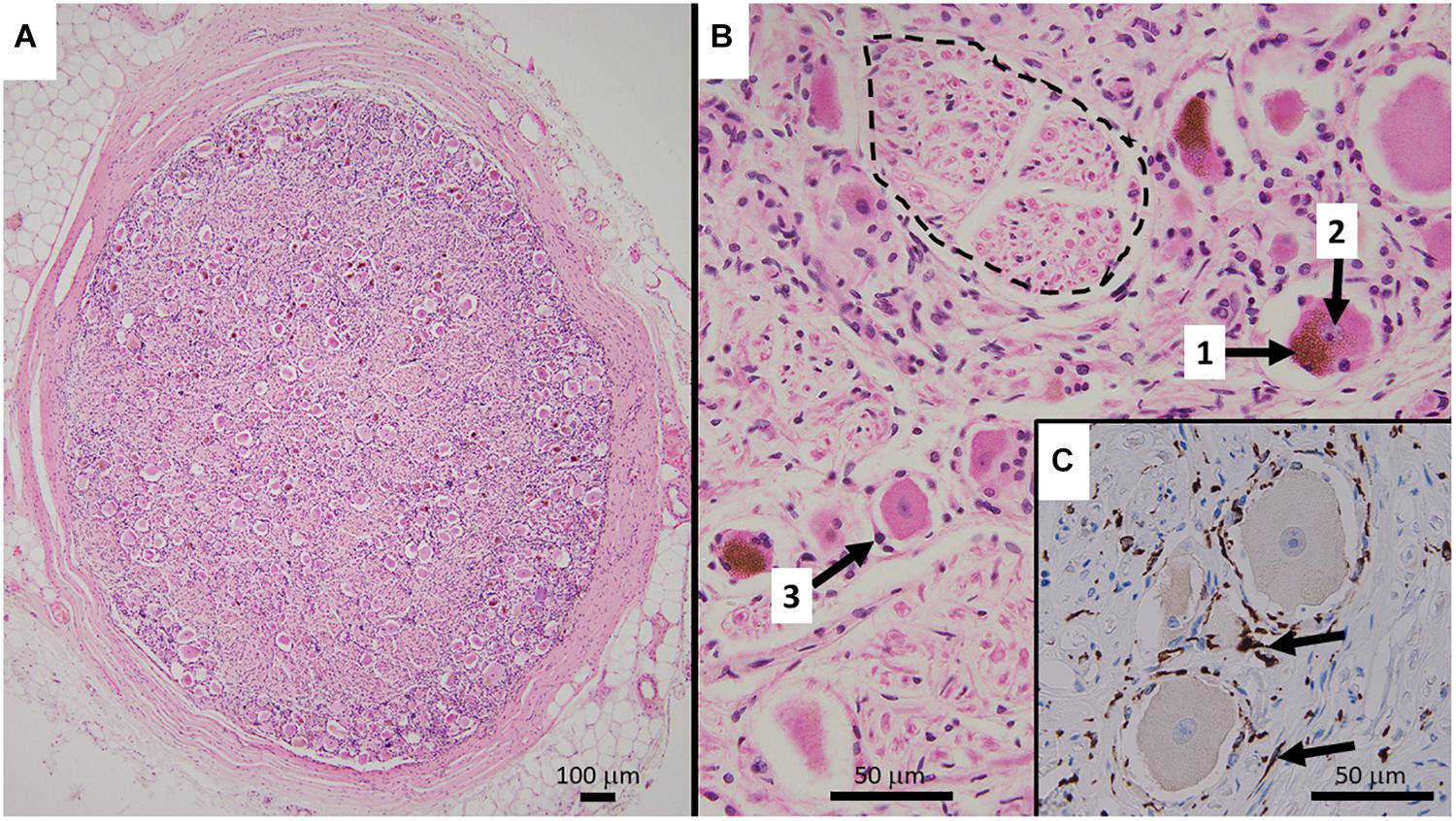
Frontiers Human Dorsal Root Ganglia Cellular Neuroscience
Q Tbn 3aand9gcszqin4a8epdklld Rt Euajt8lisb69pneisftyyaen1x6cjv2 Usqp Cau
/what-is-the-peripheral-nervous-system-2795465-FINAL-b69e1bb803654212a83d9e68eb4847d0.png)
How The Peripheral Nervous System Works

Organization Of Cell Types Section 1 Chapter 8 Neuroscience Online An Electronic Textbook For The Neurosciences Department Of Neurobiology And Anatomy The University Of Texas Medical School At Houston

Artificial Neural Network An Overview Sciencedirect Topics
A Model For The Origin And Development Of Visual Orientation Selectivity

Neural Communication Introduction To Psychology

The Nervous System

Artificial Neural Network Applications And Algorithms Xenonstack
Q Tbn 3aand9gct8esbdcoq2b2o1eie Urzhdyzlilxxig4zsbdpxo6lqedoprui Usqp Cau
/g-neuron-56a792cd5f9b58b7d0ebd043.jpg)
Understanding Neurons Role In The Nervous System

Brain Wikipedia

Introduction To Neurons And Neuronal Networks Section 1 Intro Chapter Neuroscience Online An Electronic Textbook For The Neurosciences Department Of Neurobiology And Anatomy The University Of Texas Medical School At Houston
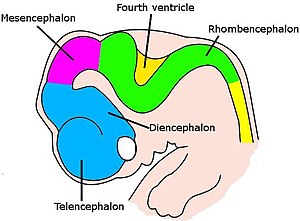
Brain Wikipedia
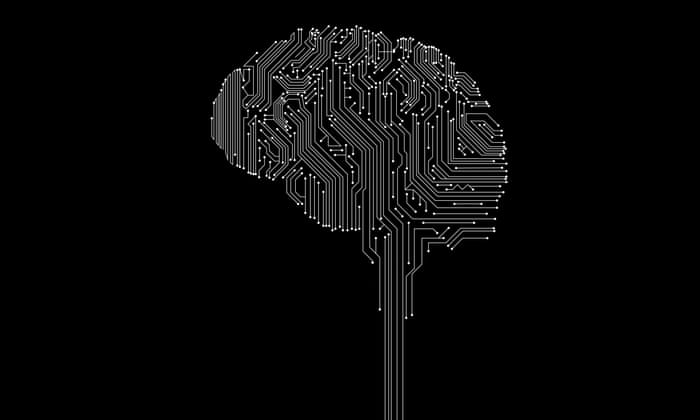
Why Your Brain Is Not A Computer Science The Guardian
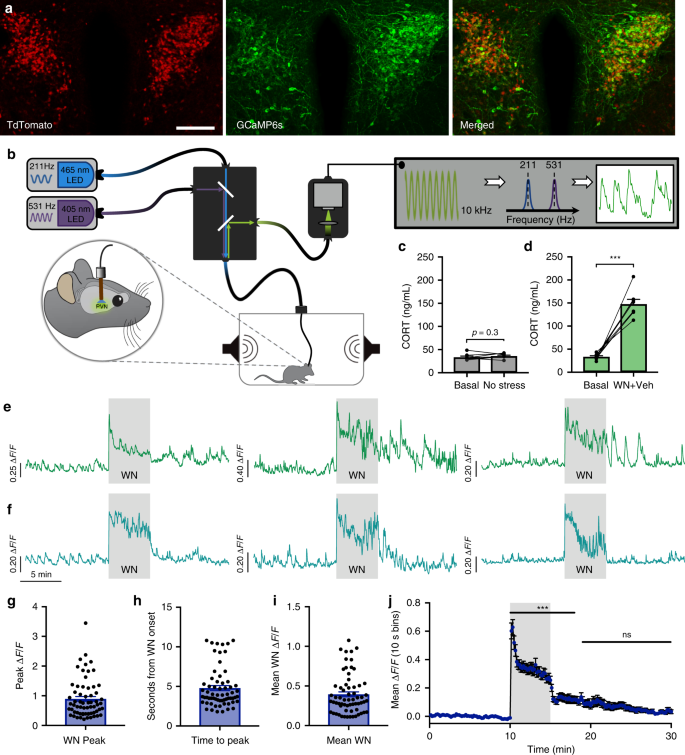
Stress Experience And Hormone Feedback Tune Distinct Components Of Hypothalamic Crh Neuron Activity Nature Communications

Dynamic Coupling Of Whole Brain Neuronal And Neurotransmitter Systems Pnas
/548299803-56a796543df78cf7729765c8.jpg)
Parts Of A Neuron And How Signals Are Transmitted
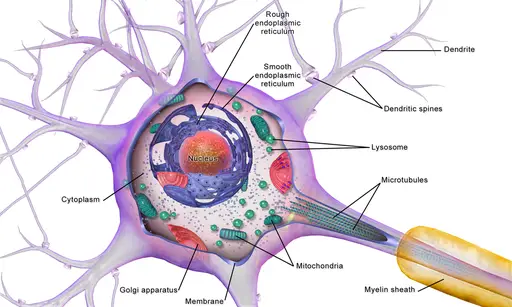
Nerve Cells Neurons Structure Function Adaptations Microcopy
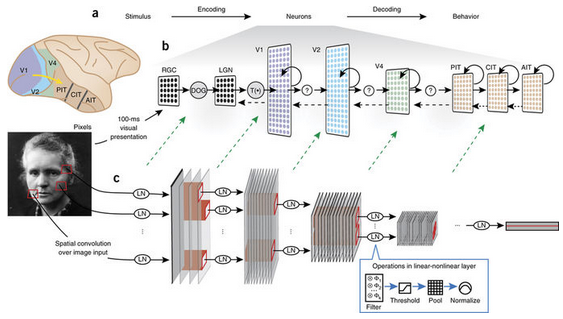
Deep Convolutional Neural Networks As Models Of The Visual System Q A Neurdiness
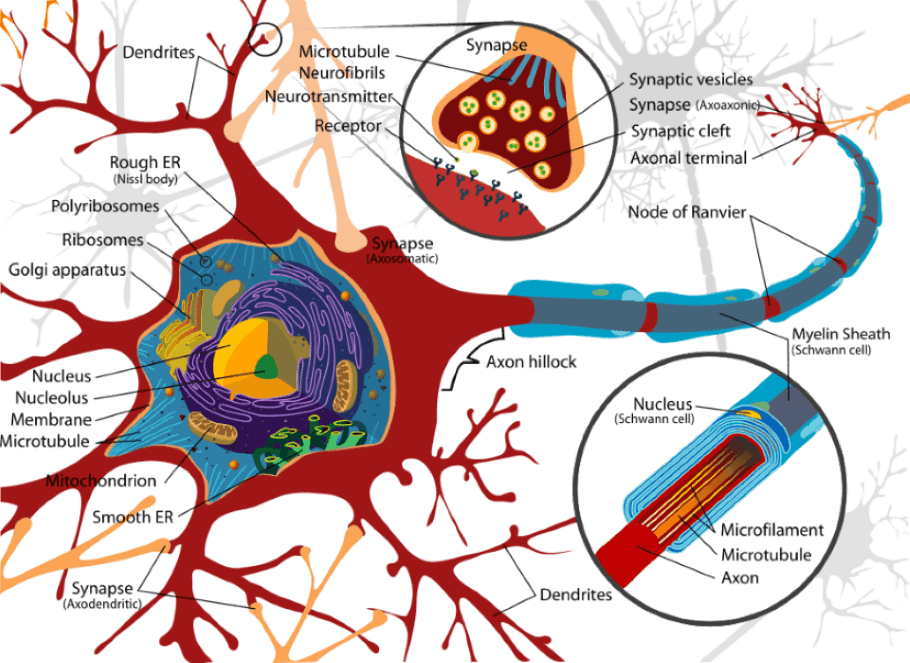
Definitions Of Human Brain Components Disabled World

Convolutional Neural Networks And Their Components For Computer Vision Machinecurve
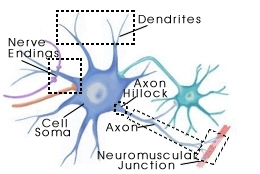
Organization Of Cell Types Section 1 Chapter 8 Neuroscience Online An Electronic Textbook For The Neurosciences Department Of Neurobiology And Anatomy The University Of Texas Medical School At Houston
What Is Perceptron Simplilearn
/dotdash_Final_Neural_Network_Apr_2020-01-5f4088dfda4c49d99a4d927c9a3a5ba0.jpg)
Neural Network Definition

Biophysically Realistic Neuron Models For Simulation Of Cortical Stimulation Biorxiv

Biological Neuron Model Wikipedia

Mcculloch Pitts Neuron Mankind S First Mathematical Model Of A Biological Neuron By Akshay L Chandra Towards Data Science

Repairing The Nervous System With Stem Cells Stemcells Nih Gov

Population Adaptation In Efficient Balanced Networks Elife

7 Types Of Activation Functions In Neural Networks How To Choose

The Nervous System

Deconstructing Bert Part 2 Visualizing The Inner Workings Of Attention By Jesse Vig Towards Data Science
Www Soinc Org Sites Default Files Uploaded Files 3 17 Nervous Handout Pdf
Real Life Applications Of Neural Networks Smartsheet

Defining The Adult Neural Stem Cell Niche Proteome Identifies Key Regulators Of Adult Neurogenesis Sciencedirect

Fluid Mosaic Model Cell Membranes Article Article Khan Academy
A Model For The Origin And Development Of Visual Orientation Selectivity
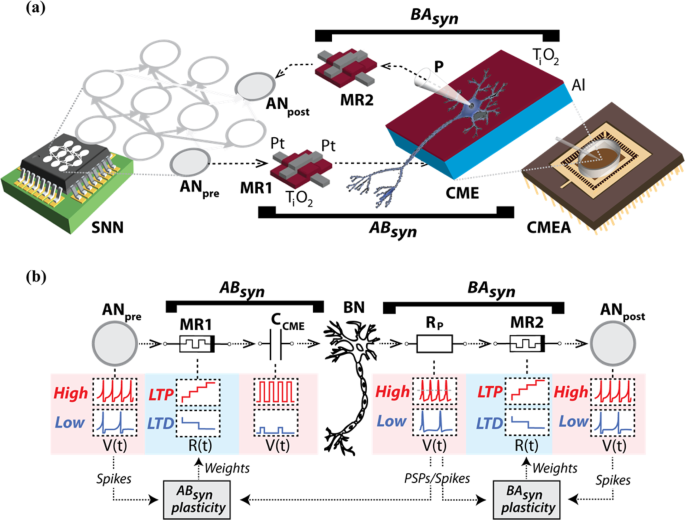
Memristive Synapses Connect Brain And Silicon Spiking Neurons Scientific Reports

Artificial Neural Network Model An Overview Sciencedirect Topics
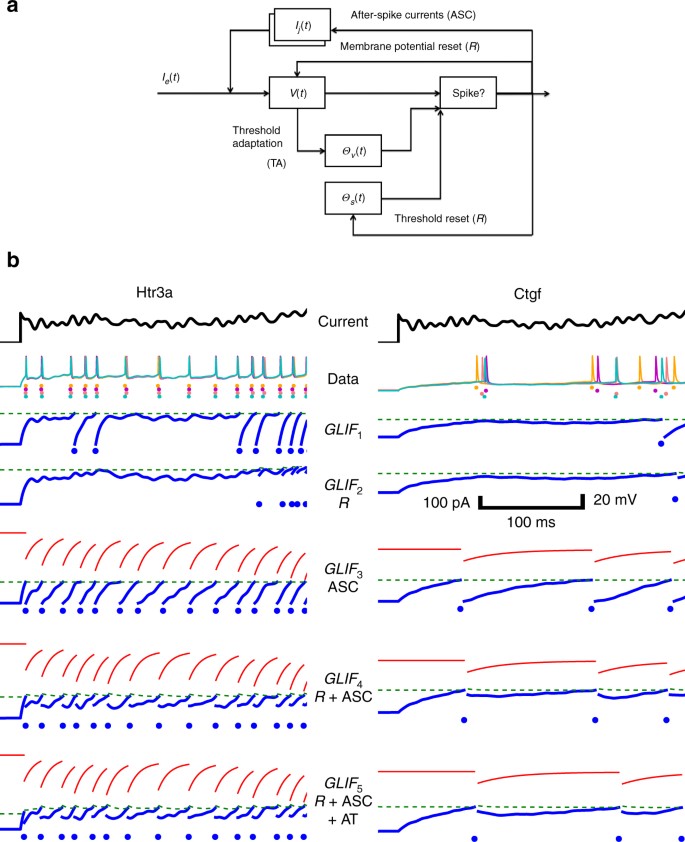
Generalized Leaky Integrate And Fire Models Classify Multiple Neuron Types Nature Communications

Brain Development Of Children From 0 6 Years Facts Every Parent Should Know
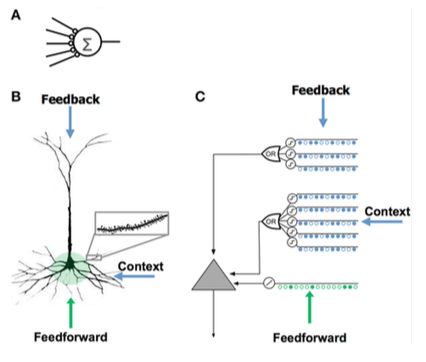
Biological Neuron Model Wikipedia

Netpyne A Tool For Data Driven Multiscale Modeling Of Brain Circuits Biorxiv
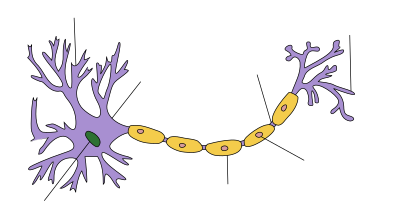
Schwann Cell Wikipedia

Differentially Synchronized Spiking Enables Multiplexed Neural Coding Pnas

Introduction To Neurons And Neuronal Networks Section 1 Intro Chapter Neuroscience Online An Electronic Textbook For The Neurosciences Department Of Neurobiology And Anatomy The University Of Texas Medical School At Houston

Inferring Synaptic Inputs From Spikes With A Conductance Based Neural Encoding Model Elife
Real Life Applications Of Neural Networks Smartsheet

Biophysically Realistic Neuron Models For Simulation Of Cortical Stimulation Biorxiv

Artificial Neural Network Model An Overview Sciencedirect Topics
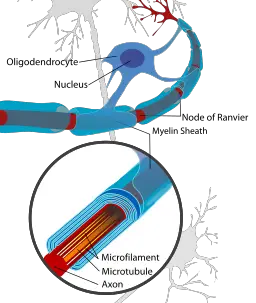
Nerve Cells Neurons Structure Function Adaptations Microcopy

Biological Neuron Model Wikipedia

Neurons What Are They And How Do They Work
Q Tbn 3aand9gcs3hussuvegbfmke 2ntdl9su8d8qefebkhb2k8qea3vgk 54mn Usqp Cau

The Differences Between Artificial And Biological Neural Networks By Richard Nagyfi Towards Data Science
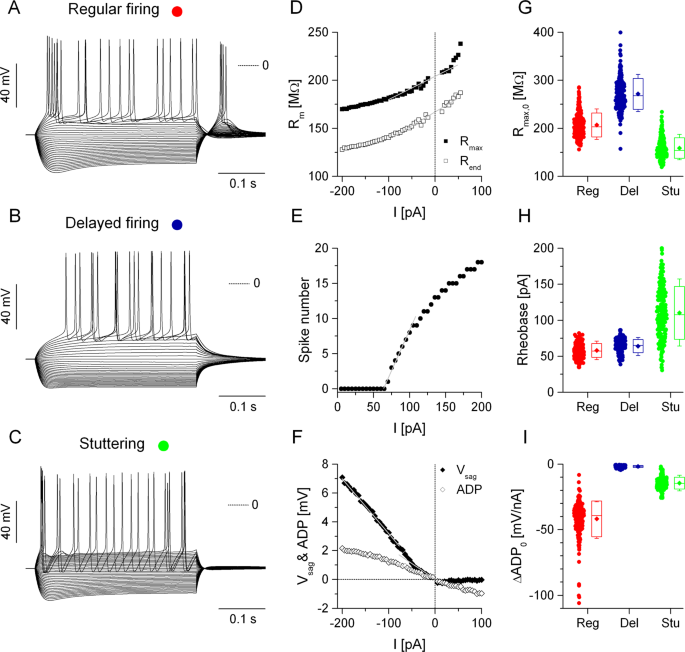
Alternative Classifications Of Neurons Based On Physiological Properties And Synaptic Responses A Computational Study Scientific Reports
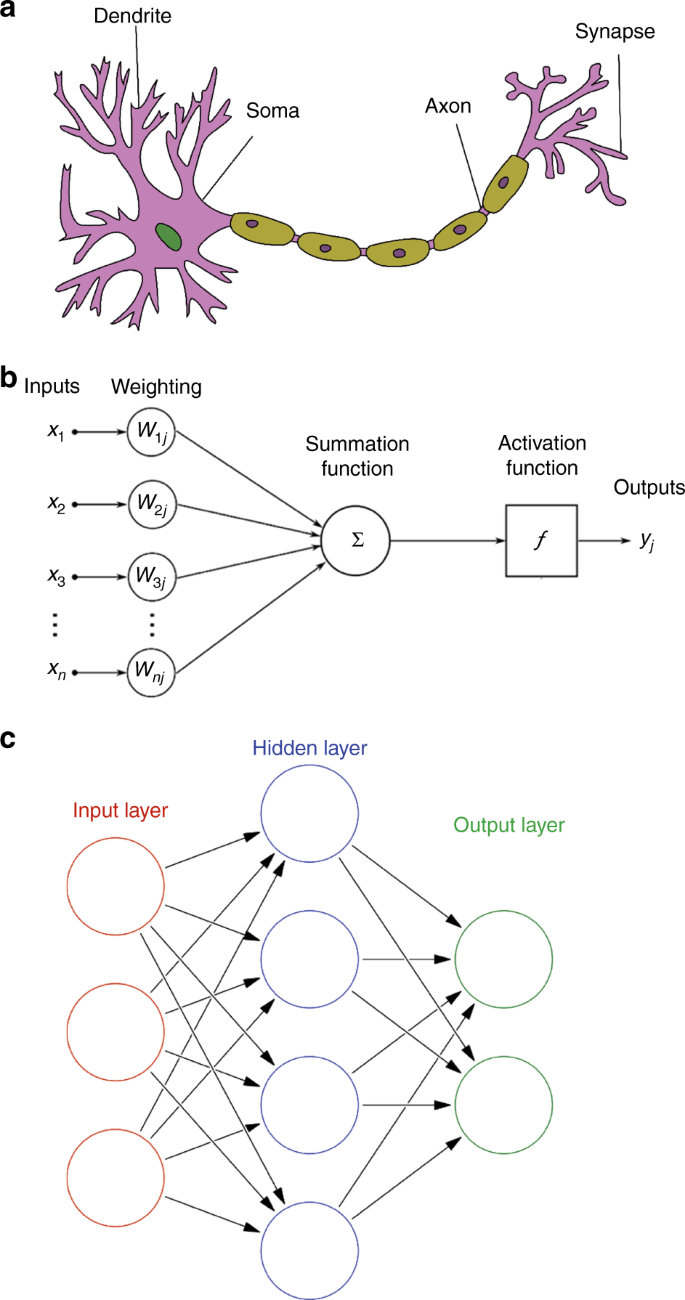
Artificial Neural Networks Enabled By Nanophotonics Light Science Applications
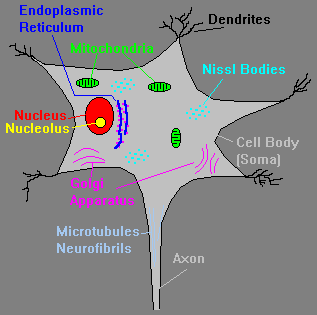
Neuroscience For Kids Cells Of The Nervous System

A Neural Level Model Of Spatial Memory And Imagery Elife
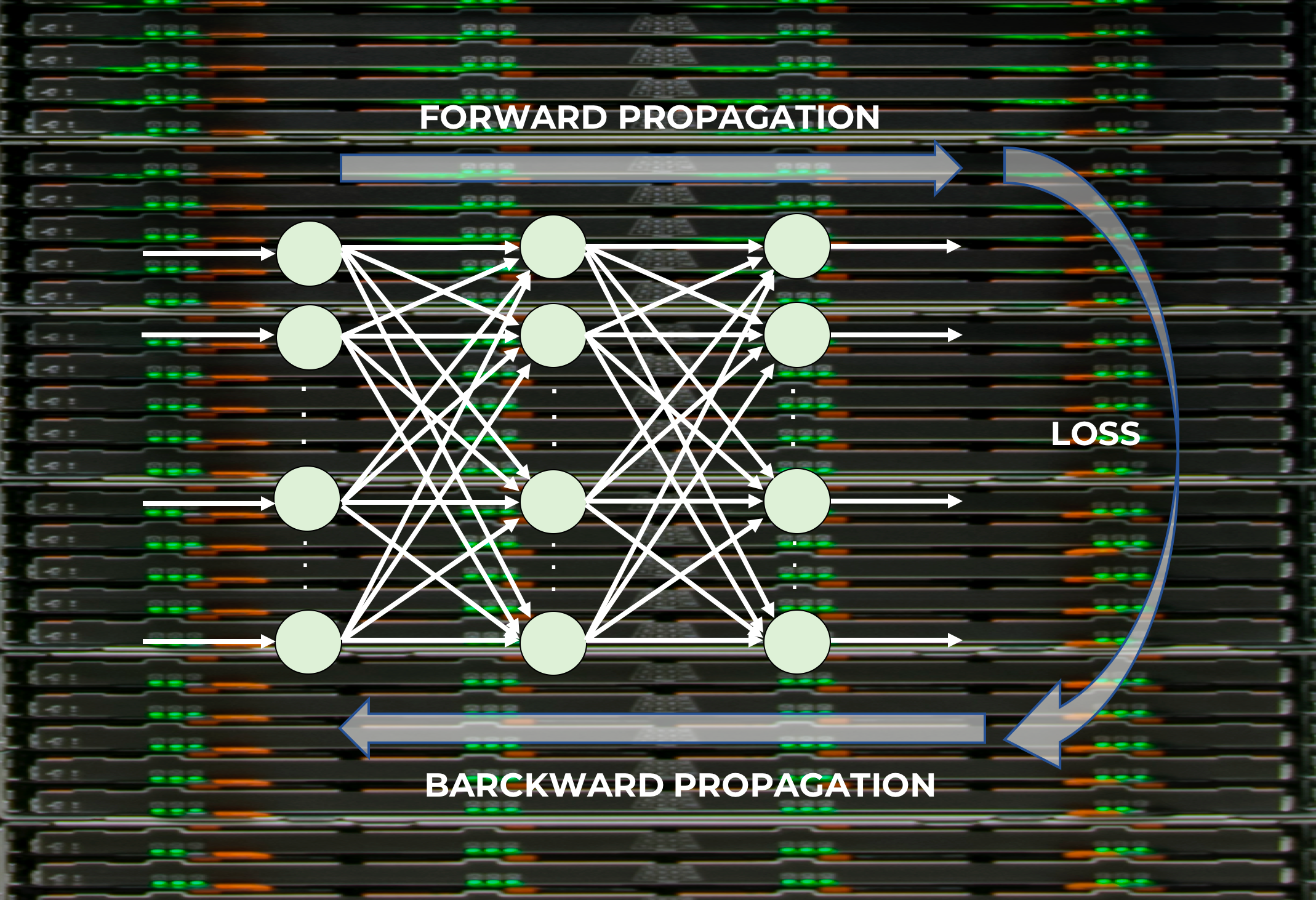
Learning Process Of A Neural Network By Jordi Torres Ai Towards Data Science
:background_color(FFFFFF):format(jpeg)/images/library/11685/anatomy-neurons-basic-types_english.jpg)
Neurotransmitters Types Functions And Disorders Kenhub



